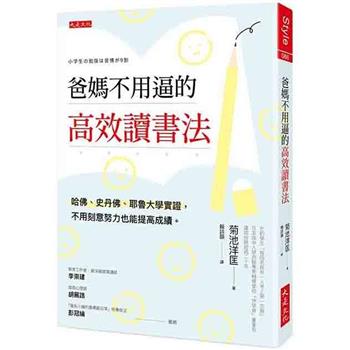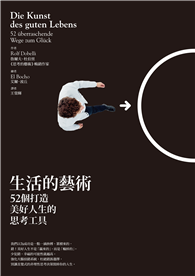This book analyses the conceptual and concrete relationships between rhythm and law.
Rhythm is the unfolding of ordered and regulated movement. Law operates through the ordering and regulation of movement. Adopting a ’rhythmanalytical’ perspective - which treats natural and social phenomena in terms of their rhythms, repetitions, motions, and movements - this book offers an account of how legal institutions and practices can be theorised and explained in terms of rhythm. It demonstrates how the category of rhythm has jurisprudential significance, from how Plato envisaged the functioning of the city-state, to the operation of the common law, as well as in our relationship to contemporary digital technology. In music, rhythm ’orders’ the movement of sound, binding together the motions and vibrations of sound in such a way that is neither pure noise nor pure mechanics. In this way, rhythm can be deployed as a concept in the analysis of one of the central purposes of legal institutions and practices: to order the movements of bodies, whether the bodies of citizens in everyday life or of prisoners in rituals of punishment. This book engages with the mutual intersections and points of illumination between rhythm and law, such as ritual, measure, order, and change.
This book is an experimental rhythmanalysis of law, offering conceptual and methodological starting points, as well as proposing directions that could be deployed in future research. It is aimed primarily at legal scholars intrigued by rhythmanalysis and rhythmanalysts more generally. This book will also be of interest to those in the fields of philosophy, political and legal theory, sociology, and other social sciences.












